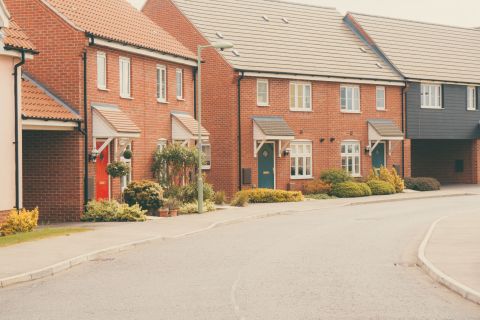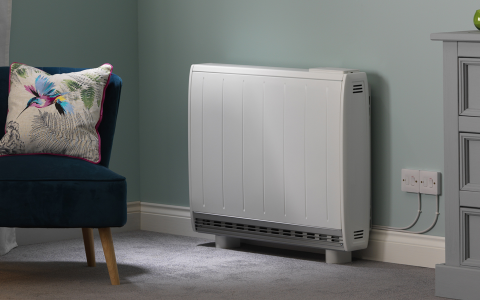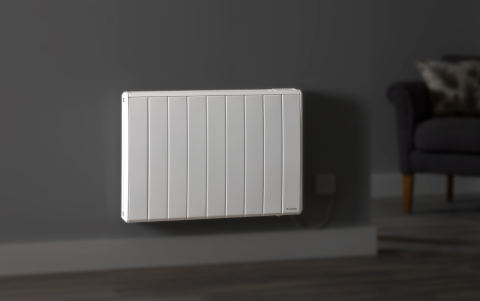Building Regulations in England & Parts L, F and O
With the transitional period now over, the updated 2022 Building Regulations Part L, Part F, and the new Part O, became legally enforceable for all new residential projects.
This is the biggest regulatory change the construction sector has seen in the last 40 years and a stepping stone in our transition away from fossil fuel systems toward decarbonised homes and the electrification of heat - and ultimately, the Future Homes Standard. This shift will impact the way we design buildings and specify technologies.
Have you decided which technologies to specify to achieve compliance for your next residential project?
The new English Building Regulations came into law on the 15th of June 2021. For projects with existing planning permission there is one year transitional arrangements period that applies on plot-by plot basis.
The updated Part L outlines the four compliance metrics for new developments: primary energy target, carbon emissions target, fabric energy efficiency target, and minimum standards for building fabric and building services.
The ventilation system choice under the updated Part F is linked to aritightness as we look to increase indoor air quality. New Part O offers modelling to help mitigate the risk of overheating in buildings.
We designed a simple guide to the changes to Part L and Part F, and the new Part O, and discuss what they may mean for your project.
Our range of HVAC solutions aim to provide future proof technologies to building projects over various sectors.
Request our presentation on Building Regulation changes that answer the most frequently asked questions.
Latest News
Our news section cover building regulations, what the changes to Part L, F, and the new Part of O entail, and what this means for HVAC specification.

Proposed compliance metrics for Part L 2020
Government’s Future Homes Standard consultation closed early last month, leaving industry with no doubt that HVAC specification is about to change. One of the biggest changes is the proposal of four compliance metrics for new developments which will impact new HVAC strategies.

Preparing HVAC specification for Option 1 and Option 2
For the 2020 update to Part L of the Building Regulations, Government decided to ask industry how challenging they wanted the uplift in energy efficiency standards to be. They did this by offering two options during the recently closed consultation. Both will impact HVAC specification – but how do you prepare for either one becoming law?

Kaluza, EDF and Dimplex Join Forces to Cut Carbon through Smart Heating in the UK
London – Wednesday, 11th March 2020 – Kaluza, OVO Group’s intelligent energy platform, and EDF announced today that they are trialing an innovative solution to the UK’s heating challenge in the transition to a zero carbon grid. Over 100 internet-connected storage heaters from Glen Dimplex Heating and Ventiltion (GDHV) are being intelligently controlled by Kaluza, helping to warm homes with electricity that is less costly and carbon intensive.











